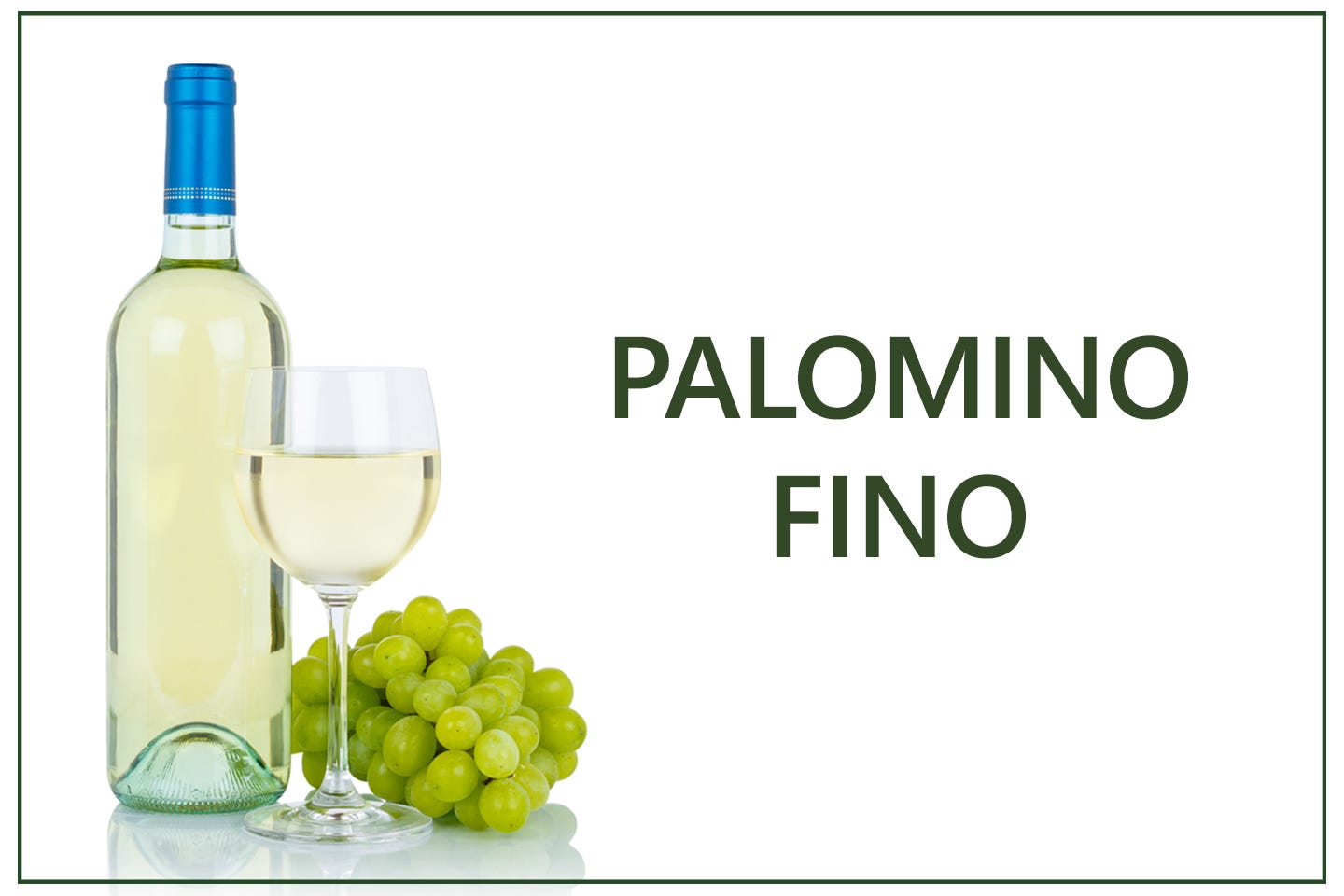Palomino Fino
This article was first published on our old site, Simply Spanish Wine.
What is Palomino Fino and where is it found?
Palomino Fino – often just referred to as Palomino - is a white grape variety which originated in Andalucía and is most closely associated with Jerez where it covers about 95% of the total vineyard area and is the key grape used to make a whole range of wines, mainly fortified but some still wines too. In the Canary Islands, it is known as Listán Blanco.
Palomino Fino’s main characteristics
Palomino Fino vines tend to give quite high yields, with clusters of medium-sized grapes with quite thin skins, which can make it vulnerable to fungal diseases like mildew or botrytis. It is very resistant to high temperatures and drought, hence you’ll tend to find it in dry, warm climates. Palomino Fino grapes are quite low in acidity and sugar and wines can have a tendency to oxidise (ie spoil on contact with air), which is not a problem for sherry producers but makes producing quality table wine more of a challenge.
What does Palomino Fino taste like?
Still, dry wines made with Palomino Fino tend to be quite light, simple and balanced. But the variety really comes into its own when it’s subjected to crianza biológica, or biological ageing in botas or butts under a veil of the famous flor, the white film of yeast cells native to the region of Jerez which floats on the surface of the wine. The flor stops air from getting to the Palomino wine and encourages a bewildering array of delicious aromas and flavours to develop. These vary depending on the wine style (Fino, Manzanilla, Oloroso, Palo Cortado etc) but can cover everything from saline and nutty notes, fresh dough, almonds, spice, leather, orange zest, dried fruits or tobacco.






